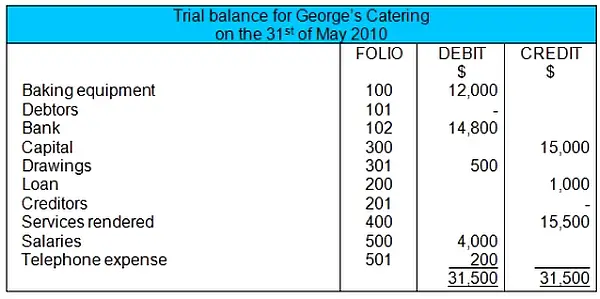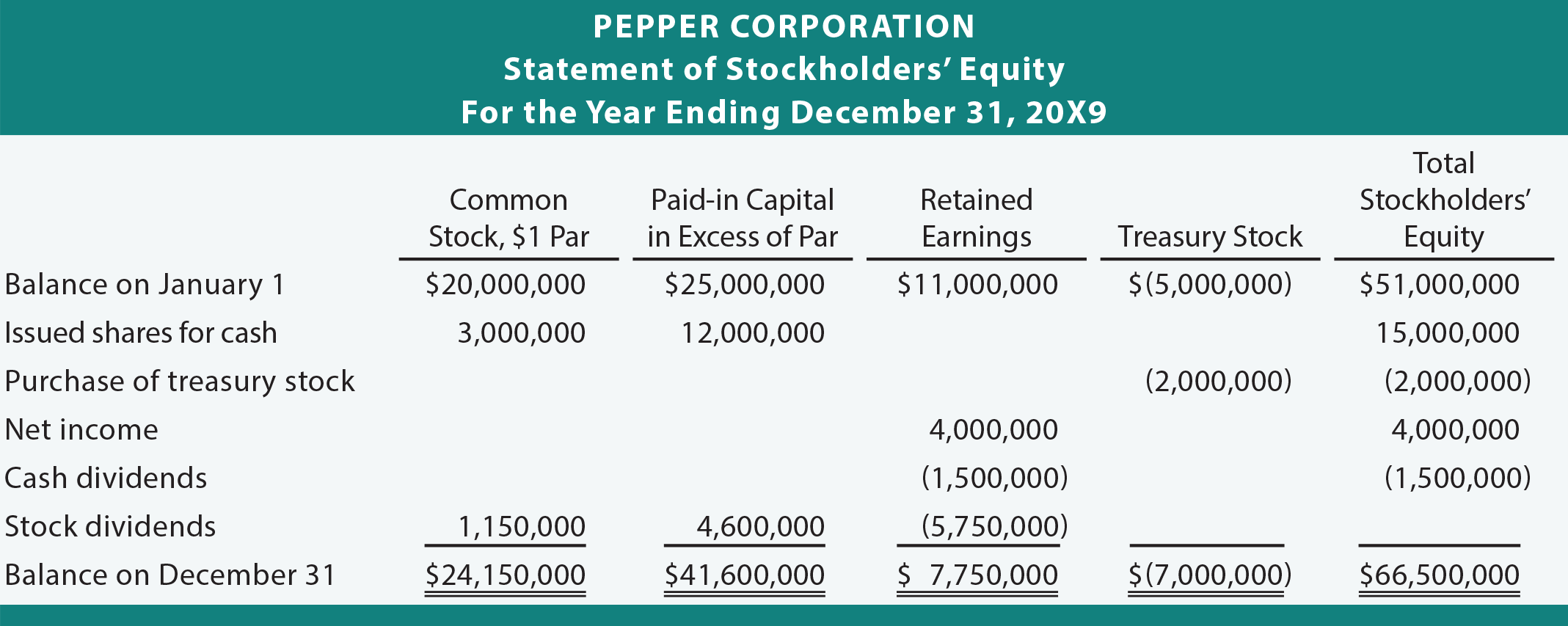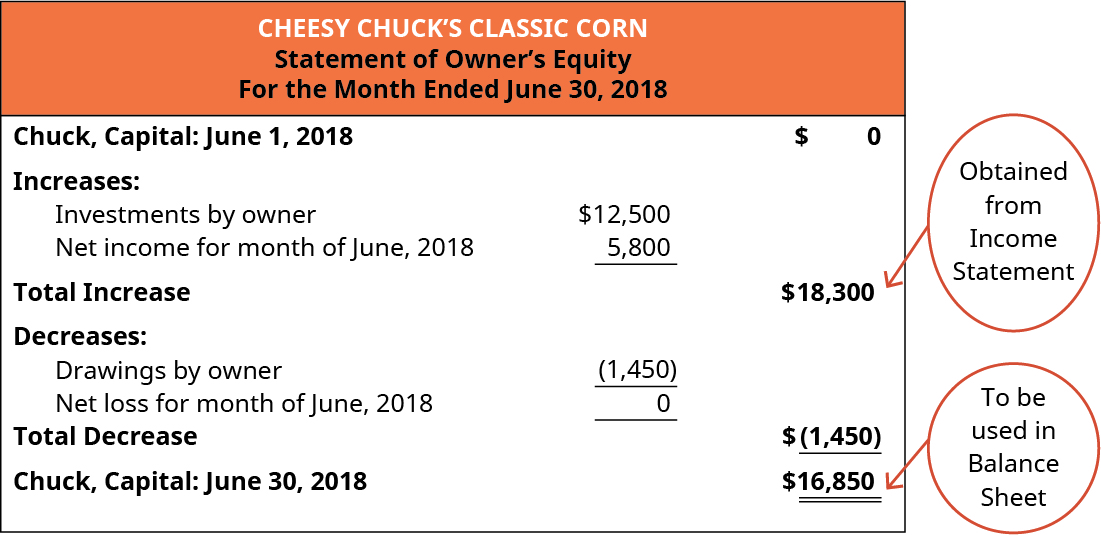Peerless Change In Equity Formula
:max_bytes(150000):strip_icc()/DEBTEQUITYFINALJPEG-098e44fb157a41cf827e1637b4866845.jpg)
Multiply the result by 100 to find the change in return on equity as a percentage.
Change in equity formula. It keeps on changing as per the performance of the company and the perception of the investors towards a company. Here total assets refers to assets present at the particular point and total liabilities means liability during the same period of time. Net profit or loss.
Equity Formula states that the total value of the equity of the company is equal to the sum of the total assets minus the sum of the total liabilities. Equity movements include the following. The formula for a statement of changes in equity includes the opening and closing value of the equity net income for the year dividends paid along with other changes.
There are two types of changes in shareholders equity. The formula of Statement of Changes in Equity is. GAAP details the change in owners equity over an accounting period by presenting the movement in reserves comprising the shareholders equity.
Owners equity formula tries to depict the changes in the capital account due to contributions made which is inflow for the business by the business owners during the accounting year and also further any withdrawals made by the business owners and the income which is retained in the business or any losses which are suffered by the business during the accounting year. For example if the net income for the year 2020 is unknown but you know the amount of the draws and the beginning and ending balances of owners equity you can calculate the net income. Generally the calculation structure of the statement of change in equity is.
Opening Balance of Equity Net Income Dividends - Other Changes Closing Balance of Equity. Changes in stockholders equity can lead to cash inflows or outflows depending on the specific activity. The equity value formula yields the value that is a combination of the total shares outstanding and the market price of the share at a particular point in time.
Increase Increase Original Number 100. Changes that originate from transactions with shareholders such as issue of new shares payment of dividends etc. The purpose of the statement is to show the equity movements during the accounting period and to reconcile the beginning and ending equity balances.

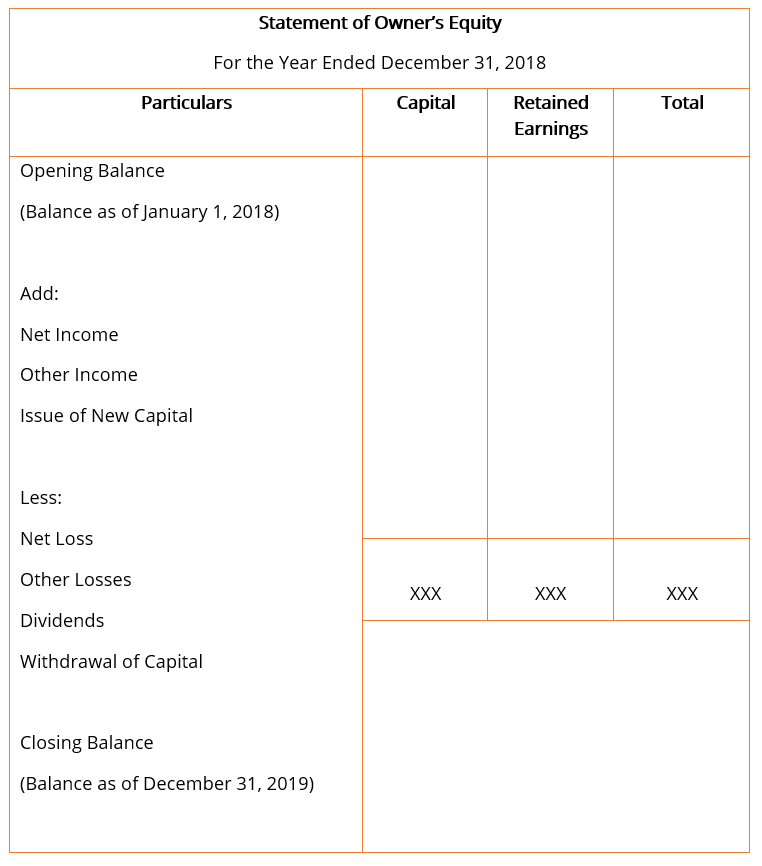

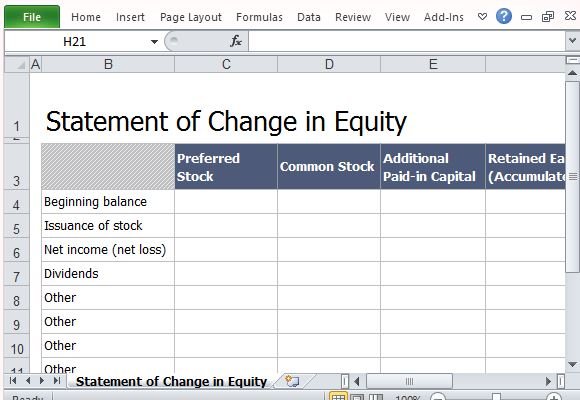

/phpdQXsCD-204ee8d463444c6c90f775fd179810f3.png)
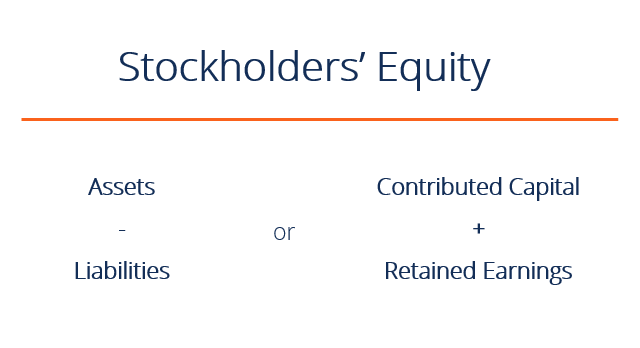
/phpdQXsCD-204ee8d463444c6c90f775fd179810f3.png)
